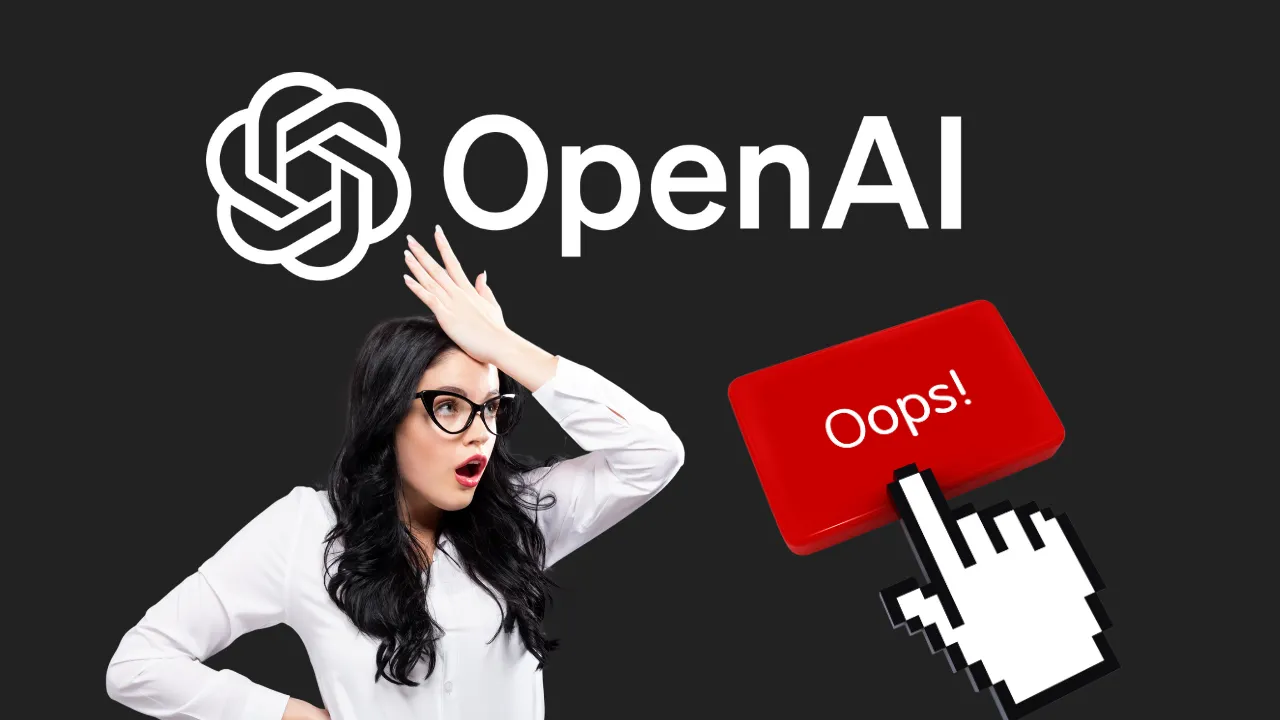The Biggest ChatGPT Mistake Most Users Make
ChatGPT is a powerful tool that has revolutionized how we interact with artificial intelligence. However, despite its advanced capabilities, many users make significant mistakes when using ChatGPT. This article explores the most common errors users make and offers guidance on how to use the tool effectively.
Techno solution

Introduction
ChatGPT is a powerful tool that has revolutionized how we interact with artificial intelligence. However, despite its advanced capabilities, many users make significant mistakes when using ChatGPT. This article explores the most common errors users make and offers guidance on how to use the tool effectively.
Understanding ChatGPT
ChatGPT, developed by OpenAI, is a language model designed to generate human-like text based on the input it receives. It excels in understanding and generating text but has limitations regarding its knowledge base, context retention, and the depth of understanding.
Common Mistakes Users Make
Overestimating ChatGPT's Knowledge
One of the biggest mistakes users make is overestimating ChatGPT's knowledge. While ChatGPT is trained on vast amounts of data, it does not have real-time access to the internet and its knowledge is limited to what it was trained on, which may not include the most recent developments.
Ignoring Context and Specificity
Users often provide vague or overly broad prompts, leading to less accurate or relevant responses. ChatGPT performs best when given specific and well-defined prompts that provide adequate context.
Misunderstanding ChatGPT’s Limitations
Another common mistake is misunderstanding ChatGPT’s limitations. ChatGPT generates responses based on patterns in data, which means it can sometimes produce incorrect or nonsensical answers, especially with complex or ambiguous queries.
Neglecting to Verify Information
ChatGPT's responses should not be taken at face value without verification. Users sometimes rely on AI-generated content without cross-checking the information, which can lead to the dissemination of incorrect or misleading information.
Assuming Human-Like Understanding
Users might assume that ChatGPT understands context and nuances like a human would. However, ChatGPT processes language based on patterns and may not fully grasp subtleties or complex emotional contexts.
Impact of These Mistakes
Making these mistakes can lead to several issues, including incorrect business decisions, misinformation, and reliance on faulty advice. Understanding these pitfalls is crucial for utilizing ChatGPT effectively.
Best Practices for Using ChatGPT Effectively
Providing Clear and Specific Prompts
To get the best results, users should craft clear and specific prompts that provide enough context for ChatGPT to generate relevant responses.
Cross-Checking Information
Always verify the information provided by ChatGPT with reliable sources, especially when it concerns critical or sensitive topics.
Understanding ChatGPT’s Capabilities and Limits
Familiarize yourself with ChatGPT’s strengths and weaknesses to set realistic expectations and use the tool more effectively.
Leveraging Context Effectively
Provide context to help ChatGPT generate more accurate and useful responses. This includes specifying the desired outcome or providing background information relevant to the query.
Case Studies of Misuse and Misunderstanding
Case Study: Misleading Business Decisions
A company used ChatGPT to generate market analysis but did not verify the data, leading to flawed business strategies and financial losses.
Case Study: Incorrect Medical Advice
Users sought medical advice from ChatGPT without consulting healthcare professionals, resulting in potential health risks due to incorrect information.
Case Study: Misinformation Spread
Misinformation was spread due to users not cross-checking ChatGPT’s responses, affecting public perception and causing confusion.
Conclusion
While ChatGPT is a powerful tool, users must understand its limitations and follow best practices to avoid common mistakes. By providing clear prompts, verifying information, and leveraging context effectively, users can maximize the benefits of ChatGPT and minimize potential issues.
References
- OpenAI Knowledge Limitations
- How to Provide Effective Prompts
- ChatGPT's Limitations Explained
- Importance of Verifying AI-Generated Information
- The Nature of AI Understanding
- Crafting Effective Prompts
- Cross-Checking AI Information
- Understanding ChatGPT
- Leveraging Context in AI Interactions
- Misleading Business Decisions Case Study
- Incorrect Medical Advice Case Study
- Misinformation Spread Case Study